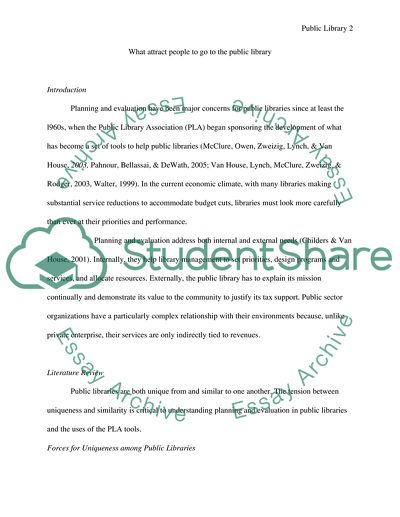Cite this document
(What Attract People to Go to the Public Library Research Paper, n.d.)
What Attract People to Go to the Public Library Research Paper. Retrieved from https://studentshare.org/education/1723364-what-attract-people-go-to-public-library
What Attract People to Go to the Public Library Research Paper. Retrieved from https://studentshare.org/education/1723364-what-attract-people-go-to-public-library
(What Attract People to Go to the Public Library Research Paper)
What Attract People to Go to the Public Library Research Paper. https://studentshare.org/education/1723364-what-attract-people-go-to-public-library.
What Attract People to Go to the Public Library Research Paper. https://studentshare.org/education/1723364-what-attract-people-go-to-public-library.
“What Attract People to Go to the Public Library Research Paper”, n.d. https://studentshare.org/education/1723364-what-attract-people-go-to-public-library.


